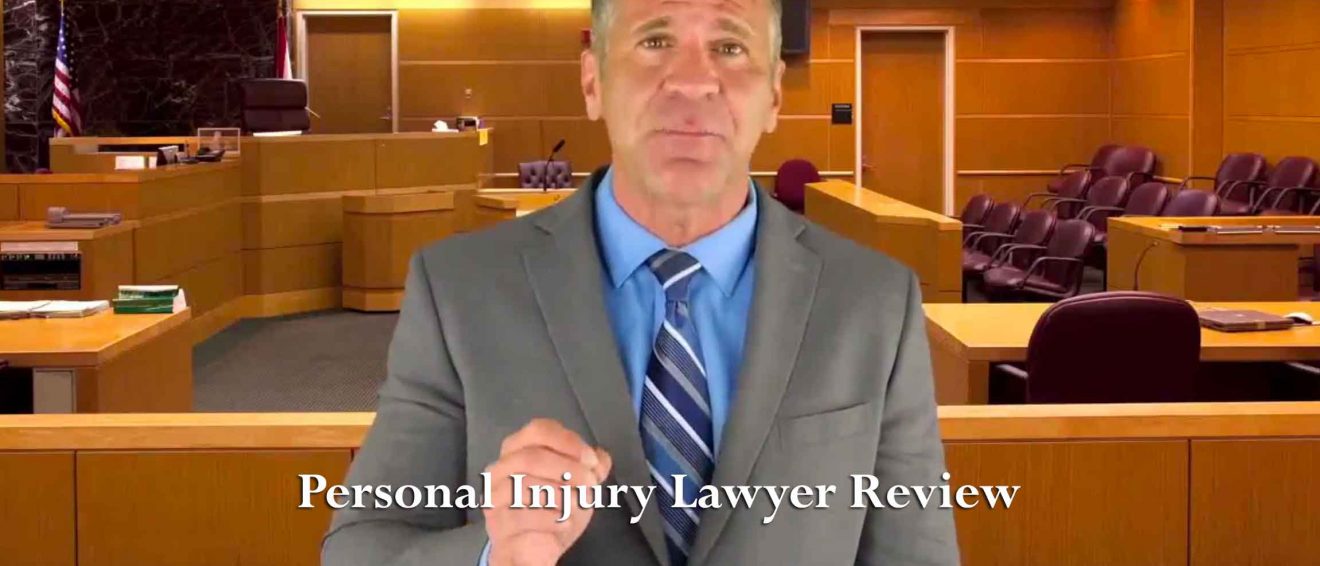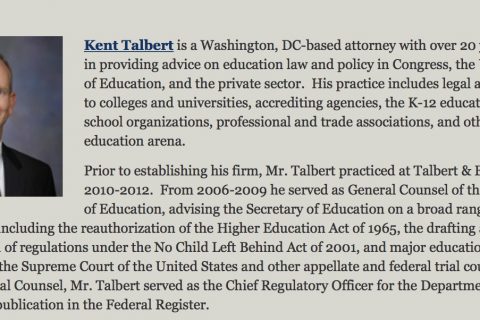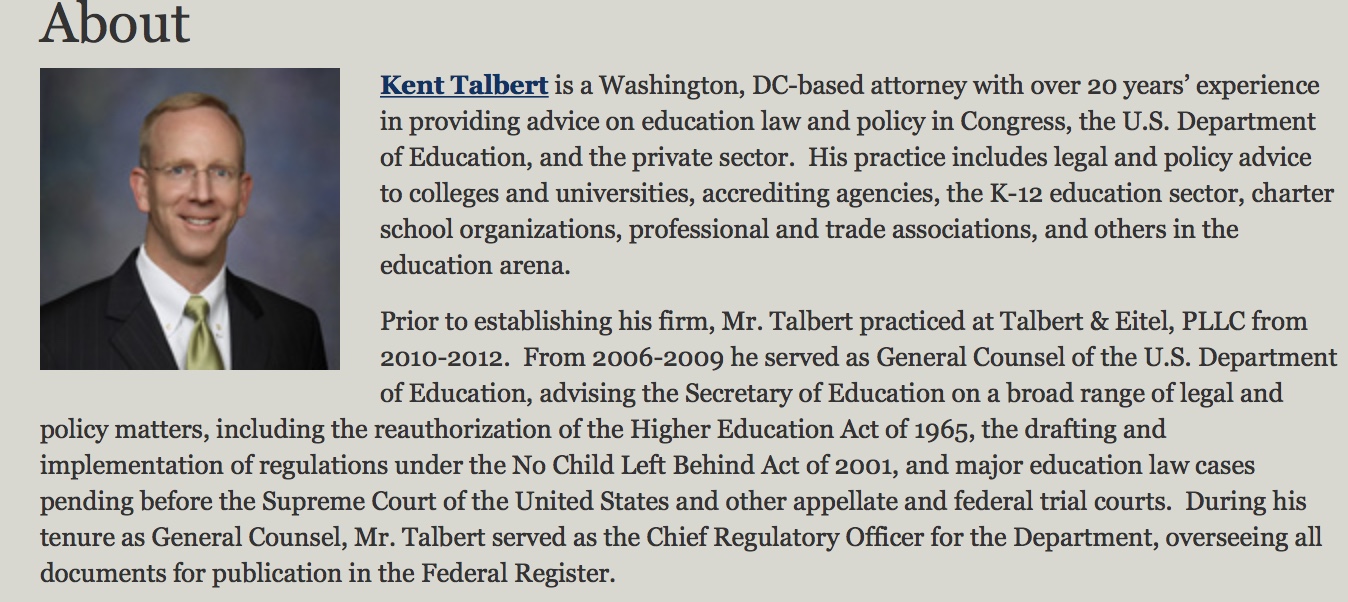Charter School Guidance on Weighted Lotteries Announced
On January 29, 2014 the Department of Education released updated charter school guidance to allow the use of weighted admission lotteries (see pp. 17-22). Under weighted lotteries, charter schools that receive federal program funds may give more weight to educationally disadvantaged students, where more students apply to attend a charter than seats available.
In response to the guidance, Nina Rees, president and CEO of the National Alliance for Public Charter Schools noted “[t]his new guidance brings the federal government in line with policies several states have already put into place so charters can enroll disadvantaged students in alignment with their missions.”
Last week the House and Senate agreed upon funding levels for all federal departments and agencies, passing H.R. 3547, the $1.1 trillion Consolidated Appropriations Act, 2014. The legislation funds the government through September 30, 2014. As of January 20, the bill awaits signature by the President.
On the education front (starting at page 384 of H.R. 3547), the bill provides $67 billion to fund discretionary programs of the U.S. Department of Education. Of particular note, the Pell grant maximum award increases by $85 to $5,730, Federal Work Study increases by $49 million to $975 million, and Supplemental Educational Opportunity Grants increase by $37 million to $733 million.
Additionally, Congress provided $75 million to fund the administration’s “First in the World” grants (p. 61) (promoting innovative means to make college more affordable and promoting college completion). However, Congress did not fund the request of the administration for a higher education version of Race to the Top (“Race to the Top–College Affordability and Completion”, p. 16). Finally, the Act provides $1 million to the Secretary “to enter into an agreement with the National Research Council of the National Academy of Sciences to conduct a study on the impact of Federal regulations and reporting requirements on institutions of higher education as authorized under section 1106 of the Higher Education Opportunity Act of 2008 [see 122 STAT 3494] and described in Senate Report 113-71.” See Joint Explanatory Statement at 78 (p. 181 of pdf).
Higher Education Reauthorization Hearings Continue In Senate on Thursday
The Health, Education, Labor and Pensions Committee moves forward with another higher education reauthorization hearing on Thursday, January 16, 2014 at 10:00 AM in 106 Dirksen Senate Office Building.
Focusing on TRIO and GEAR UP—programs designed to assist low-income, disadvantaged, and other similarly situated students prepare for and succeed in postsecondary education—the committee will hear from the following witnesses: Maureen Hoyler of the Council for Opportunity in Education, Scott Giles of the Vermont Student Assistance Corporation and Member of the Board of Directors of the National Council for Community and Education Partnerships, Cornelius Griggs of the Walsh Group, Tallie Sertich of Hibbing Community College, Weiya Liang of the Washington (State) Student Achievement Council, Dr. Douglas Harris of Tulane University, and Dr. Ron Haskins of the Brookings Institution.
A few days ago the U.S. Departments of Education and Justice released a lengthy Dear Colleague Letter (23 pages), Appendix of Recommendations for School Districts, Administrators, Teachers, and Staff (8 pages), Guiding Principles: A Resource Guide for Improving School Climate and Discipline (27 pages), and Appendix 2: Compendium of School Discipline Laws and Regulations for the 50 States, Washington, DC, and Puerto Rico (12 pages), on one of the most local of education issues—school discipline.
Nowhere in these Guidance materials is there any mention of the law that established the Department of Education and limited the federal government’s authority over education. That law–the Department of Education Organization Act—includes a Congressional finding that “the primary public responsibility for education is reserved respectively to the States and the local school systems.” It also spells out Congress’s intent in establishing the Department to “protect the rights of State and local governments . . . in the areas of educational policies and administration of programs” and “strengthen and improve the control of such [State and local] governments . . . over their own educational programs and policies.” Congress went a step further and made clear that the Secretary of Education was not authorized to “exercise any direction, supervision, or control over the . . . administration [of] or personnel of any educational institution, school, or school system.”
Time will tell whether and how the Department reconciles the Guidance with the Act.
Senate Bill Presents New Option for Accreditation of Higher Education Institutions, Programs, and Individual Courses
Last week (January 9, 2014), Senator Mike Lee (R-UT) introduced the Higher Education Reform and Opportunity Act, S. 1904, which would allow states to develop their own systems of accreditation of colleges and universities, programs, and individual higher education courses. Lee’s press release states the legislation would not replace the current accreditation system, but simply permit states, if they choose, to set up their own systems to accredit institutions, programs, or courses.
States that wish to become accreditors must enter into an agreement with the Secretary of Education that includes a number of terms such as the state’s designation of one or more accrediting entities, standards a higher education institution must meet to be accredited by the state, the appeals process the state accreditor will use for denials of accreditation, state policy on transfer of credits, certain reporting requirements on completion of coursework and degrees or credentials obtained, and other terms.
Update as of January 14, 2014: The text of the bill is now posted on the U.S. Legislative Information web site, Congress.Gov.
Senate Hearing to Cover Innovations in Higher Education
On Thursday, October 31, 2013 at 10:00 AM, the Senate Health, Education, Labor, and Pensions Committee will host a higher ed hearing titled “Attaining a Quality Degree: Innovations to Improve Student Success.”
Witnesses include Richard Kazis of Jobs for the Future (Boston, MA), Dr. William E. Kirwan of the University System of Maryland (Adelphi, MD), Dr. R. Scott Ralls of the North Carolina Community College System (Raleigh, NC), Timothy Hall of Austin Peay State University (Clarksville, TN), and Dr. Paul J. LeBlanc of Southern New Hampshire University (Manchster, NH).
Gainful Employment: New Dates Set for Nov. 18-20, 2013
According to Inside Higher Education, the second round of negotiated rulemaking meetings on gainful employment have been rescheduled for November 18-20, 2013 (Mon-Wed).
Formal notice has not yet been posted in the Federal Register(FR) nor on public display at the FR. Nor does anything appear on the Department’s web site–at least as of October 23, 2013, 10:00 pm EDT. When more information is available, I will post it.
Temporary Debt Ceiling Increase/Continuing Resolution, FY2014
Last night the House (285-144) and Senate (81-18) approved, and the President signed into law, H.R. 2775 (Pub. L. No. 113-46) extending the debt limit and federal appropriations for a short term. The relevant education provisions cross referenced in the extension can be found in Division F, Title V of Pub. L. No. 113-6 (H.R. 933).
As a part of the deal, the House and Senate agreed to go to conference on H.Con. Res. 25 and S. Con. Res. 8, the respective budget resolutions for FY2014. The conference committee must report back a conference report no later than December 13, 2013.
Student Loan Interest Rate Resolved
With House passge of the bipartisan compromise student loan interest rate fix, H.R. 1911, the Smarter Solutions for Students Act (aka Bipartisan Student Loan Certainty Act), awaits the President’s signature.
The bill applies a market-based solution to what has been an ongoing problem in recent years–the setting of student loan interest rates. H.R. 1911 calculates: (1) undergraduate Stafford loan interest rates based on 10-year Treasury notes plus 2.05 percent; (2) graduate Stafford loan interest at 10-year Treasuries plus 3.6 percent; and (3) graduate and parent PLUS loans at 10-year Treasuries plus 4.6 percent. The legislation caps interest at 8.25 percent for Stafford loans to undergrads, 9.5 percent for Staffords to graduate students, and 10.5 percent for PLUS loans. Interest rates are locked-in for the life of the loans. Finally, the bill obviates the concern about getting agreement in Congress each year to change interest rates
House Passes ESEA Reauthorization; Senate Reaches Interest Rate Deal
Last Friday, July 19, the House passed H.R. 5, the Student Success Act–its version of the reauthorization of the Elementary and Secondary Act (ESEA)–by a vote of 221-207. The message? State and local control. Last reauthorized under the No Child Left Behind Act of 2001, the ESEA has continued in recent years under annual appropriations funding.
The Senate Health, Education, Labor and Pensions (HELP) Committee reported its version of ESEA, the Strengthening America’s Schools Act of 2013 (S. 1094), on June 12. The message? Federal control of the levers. No floor time has yet been set.
Meanwhile, after much negotiation, the Senate has reached a tentative agreement on student loan interest rates. Under the plan, undergraduates will pay 3.86% interest on subsidized and unsubsidized loans for the coming school year, after which interest rates will be pegged to the 10-year Treasury borrowing rate. The full Senate is expected to consider the plan in the coming week.



